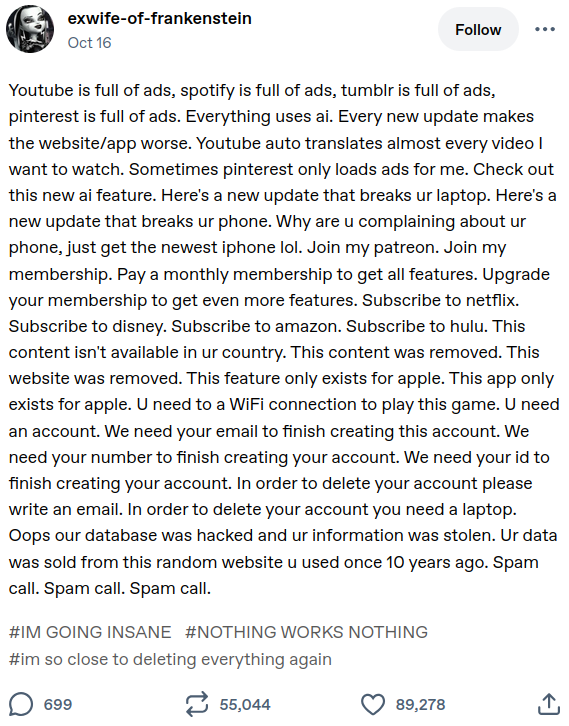Get a free blog in moera.blog domain! Just go to web.moera.org, choose a Moera name and follow the instructions.
 Timeline
Timeline
You can leave feature requests and proposals in the comments to this post or on GitHub.
"...this ordeal has made us think more deeply about entrusting data with external SaaSes and ensuring that we own our data is definitely going to be a very big priority going forward. I’d encourage you to think the same way!"
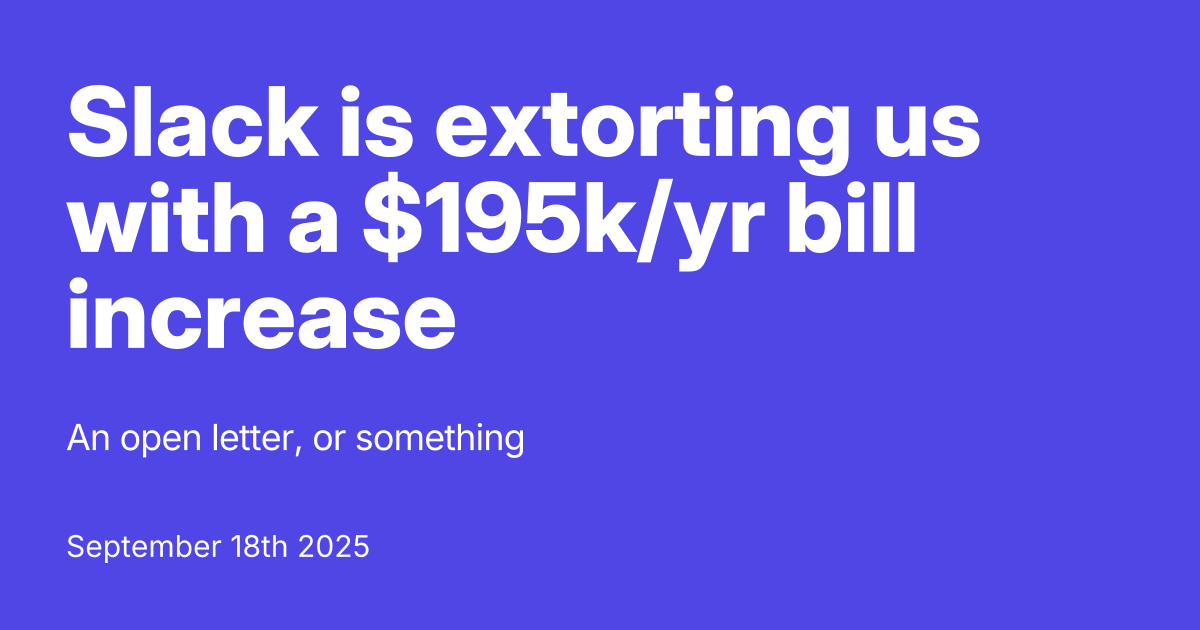
The main highlight of this release: A search server has appeared in the Moera ecosystem! It works on the same principle as Google or any other internet search engine: it collects all posts and comments from all blogs (except private and friends-only) and indexes them. Thanks to this, Moera now has search, hashtags, and recommendations.
New FeaturesSearch. In the top left corner of the page (at the top center on mobile), you’ll see the name of the owner of the blog you’re currently viewing. Click on it to open a search bar, where you can enter a username, nickname, or any text you want to find. This opens the search page, where you can specify exactly what you’re looking for: people, posts, comments, or everything at once. You can also select where to search: everywhere, in this blog, or in your own blog.
moeralibreplacesmoera-commons.jsonrpc4jis replaced by JSON-RPC 2.0 server frommoeralib.- Migrated from
javaxtojakarta. - Spring and Hibernate upgraded.
Finally, a full-fledged Java library to replace moera-commons. The feature set is similar to the existing Python and TypeScript libraries: cryptographic utilities, auto-generated classes for Naming API and Node API, and other utilities. Also added classes for Push Relay API and a simple implementation of JSON-RPC 2.0 client and server to replace the now unsupported jsonrpc4j. jsonrpc4j was holding back the migration from javax to jakarta, and thus the upgrade to newer Spring versions.
The library is published on Maven Central, with documentation available at moera.org as well as javadoc.io. moera-node, moera-naming, and moera-client-android have already been migrated (for moera-node, this was quite a substantial effort). New versions will be released soon.
Visual editor. A visual (WYSIWYG) editor has been implemented for posts, comments, profiles, and other areas that support formatted text. Unlike the existing text editor, the visual editor displays different fonts, links, inserted images, quotes, lists, and formulas as they will appear in reality, rather than as tags or Markdown symbols. The toolbar has been expanded to include all frequently used features, while less commonly used tools are hidden under the "More" button. The same toolbar is also available in the Markdown/HTML editor. Exclusive to the visual editor are a new button for inserting videos from YouTube and other sites, and a button to clear formatting. New keyboard shortcuts have been added.
As promised, I’ve started gradually implementing the new UI/UX, but this is quite a large-scale task, and it won’t fit within a single release. It’s not just about changing colors, icons, and page structures; it also involves developing several major components that we previously lacked. The first of these is a visual editor.
To be honest, I didn’t expect this to take so much time. My initial plan was to use Quill, which seemingly had everything I needed, integrate it, and fine-tune it as required. However, closer to the end of working on the Quill-based editor, I realized that it cannot handle nested structures (quotes, spoilers, multi-level lists), and there is no viable workaround, no matter how hard I tried. As a result, I reluctantly had to scrap two months of work and start building the editor from scratch using Slate.
Universal URLs. These new URLs of Moera pages use a central redirector at moera.page host and include a node name. Read the details in the documentation.
Direct Image Serving. To speed up the serving of images to the client, a new feature has been added allowing to configure the server to serve images directly from the local file system, without accessing the node. (In case you're using a separate web server as a reverse proxy.) Private images are assigned a random identifier that periodically changes to prevent unauthorized access. This also eliminates the need for authentication when accessing images directly, resolving issues such as images failing to load when switching from Wi-Fi to mobile data.
Added new subcommands to moname allowing to create and update names on the naming server.
Install: https://pypi.org/project/moera-tools/.
Documentation: https://moera.org/administration/tools/index.html
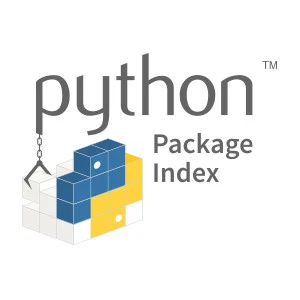
This release features cryptography and fingerprint utilities for working with signed objects on the node and the naming server.
Install: https://pypi.org/project/moeralib/
Documentation: https://moera.org/development/python-moeralib/
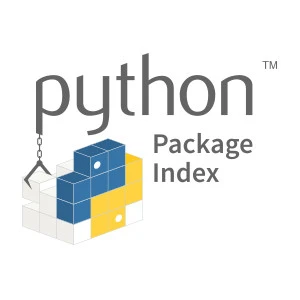
A new library that allows TypeScript (or JavaScript) applications for Node.js to easily interact with the Moera network.
The library's version corresponds to the moera-node version the library is compatible with.
Install: https://www.npmjs.com/package/moeralib
Documentation: https://moera.org/development/typescript-moeralib/
Basic functionality is similar to that of the Python library.
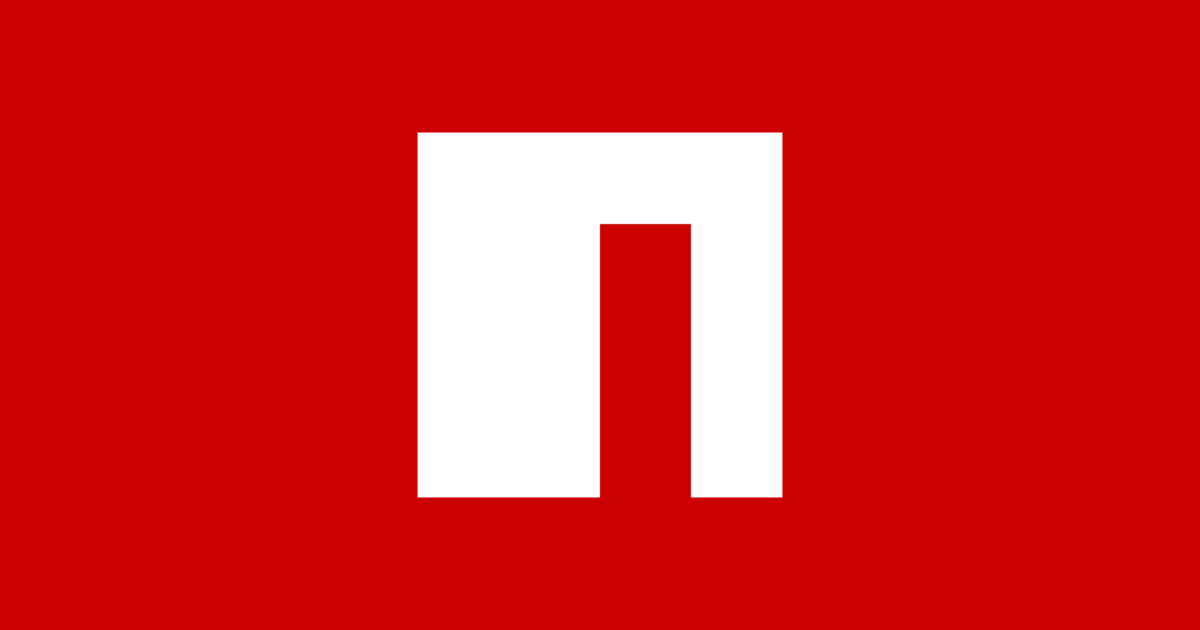
Direct Image Serving. To speed up the serving of images to the client, a new feature has been added allowing to configure the server to serve images directly from the local file system, without accessing the node. (In case you're using a separate web server as a reverse proxy.) Private images are assigned a random identifier that periodically changes to prevent unauthorized access. This also eliminates the need for authentication when accessing images directly, resolving issues such as images failing to load when switching from Wi-Fi to mobile data.
Google's Firebase Cloud Messaging (FCM) does not work with decentralized networks. According to its logic, there should be only one account on FCM, which is hardwired into the application, and the server should sign messages with the private key of this account. Naturally, this cuts off the possibility of different people installing several servers interacting with one application, because the private key is to be published, and spam will pour into the application.
Therefore, I had to create a relay (fcm.moera.org) that forwards messages from different nodes to FCM. When a user enters the application for the first time being logged in, the application forwards the client's FCM ID to its home node, which sends it to the FCM relay. Knowing this identifier confirms that the node has the right to send notifications to the client.
- Implemented reliable delivery and display of notifications via the Google Firebird Cloud Messaging (FCM) service. The old approach for delivering notifications stopped working due to restrictions on background services introduced in new versions of Android. The notification design has also been improved.
- Show notifications and internal application messages in the language selected by the user.
- Opening Moera links in the application. The new domain
moera.pageis supported. - No longer asking for permission to access images stored on the device. Instead, using Android's built-in image selection component (a Google Play requirement).
- Improved reliability when switching between Wi-Fi and mobile networks.
- Universal URLs. These new URLs of Moera pages use a central redirector at
moera.pagehost and include a node name. Read the details in the documentation.
- Browser add-on support removed.
- Node now requires Java 17 for running.
- Developers' naming server is now used in development environments.
- Dependency upgrades.
- Removed deprecated APIs.
- Added name creation time to the output of
getAll()call. - Added
getAllKeys()call that returns the whole history of signing keys for the given name. - Added
getAllNewer()call that returns the list of all names registered after the given moment. - Ability to disable creation of new names for all generations, except for the generations listed in the configuration of the naming server.
Created a library that allows Python applications to easily interact with the Moera network. (The library's version corresponds to the moera-node version the library is compatible with.)
Install: https://pypi.org/project/moeralib/
Documentation: https://moera.org/development/python-moeralib/
moera-tools package was migrated to the new library.
In the new version, added moctl utility to manage nodes, passwords and tokens (see the documentation).
Install from https://pypi.org/project/moera-tools/.
At the same time, the documentation website was rewritten, and now it is much nicer and more convenient. And Administrator's Guide was added, containing detailed instructions how to install and configure a node on your own server.
A new project - Moera tools for administrators. Written in Python, installed from PyPI: https://pypi.org/project/moera-tools/
The first release includes moname - getting infromation about names from the Moera naming server.
Also, a separate naming server for developers has been installed: https://naming-dev.moera.org/moera-naming. Development builds of node and client use it by default.
Browser extension was a part of Moera since the very beginning. It has several goals, such as:
- Automatically loading Moera client when visiting a website that supports Moera. Since the network is decentralized, Moera can be installed on any website and the browser extension helps to detect it.
- It always loads the client that the user prefers.
- Showing a direct link to the website in the address bar of the browser, which can be simply copied from there instead of choosing "Copy link" from the menu of a post or comment.
- Allows to get rid of the single point of failure, which is the website that redirects the user to the Moera client they choose.
Link previews. When you insert a link into the text of a post or comment, a special panel appears below it: an image, a title, and a brief description of what the link leads to. In Moera, a post/comment can have several links with previews. A post/comment can have both attached images and link previews at the same time. You can choose which links to show previews for (using the "Links" button under the editor), delete previews (click the cross in the upper right corner) and edit the preview text (click the pencil there).
- Added functions returning app flavor and API version to the JavaScript interface. These functions are needed to activate filtering and complaints functionality required by Google Play Policies.
- No page refresh when the device changes orientation.
- No page refresh when scrolling dialog contents or notifications.
- Allow to exit from image selection without selecting anything (thanks to Daria-Ch for reporting).
- No crash when clicking any URI.
- Fixed cropping of round avatars in notifications.
Images in posts and comments. Now you can attach images to posts and comments and even insert them into the text. Number of images per post/comment is not limited. For an inserted image, you can choose its size and alignment, including text wrapping. It is possible to add three types of captions to images: (1) a caption under the image when it is inserted into text; (2) a tooltip shown when the image is hovered by the cursor; (3) a description, that is shown when viewing the enlarged image (see below).
Images may be uploaded from computer/mobile device ("Upload images" button) or copied from the Internet ("Copy image" button).
"Today's total collapse of Facebook and Instagram, among other apps, illustrates the problem with centralization,” said Unstoppable Domains founder and CEO Matthew Gould, via email. “On the decentralized web, or Web 3.0, it would make it easier for users to port their data and contacts over to other services, as they wouldn't be dependent on Facebook or a Facebook login to contact their friends and family or use their favorite apps."
Avatars. Users now have avatars. The built-in editor allows to create an avatar from any image, to crop and rotate it, if needed. You can choose an avatar shape - round or square. You can create several avatars and change them when writing a post or a comment. You can also reorder avatars in the list. And if you do not like that avatars may be of different shapes, they may be forced in client settings to be all round or all square. Clicking on an avatar opens the user's profile.
Comment drafts. Like when creating or editing a post, drafts are now saved automatically when creating or editing a comment. You can leave an unfinished comment behind and it will appear again in the comment editor, when you open the same thread.
